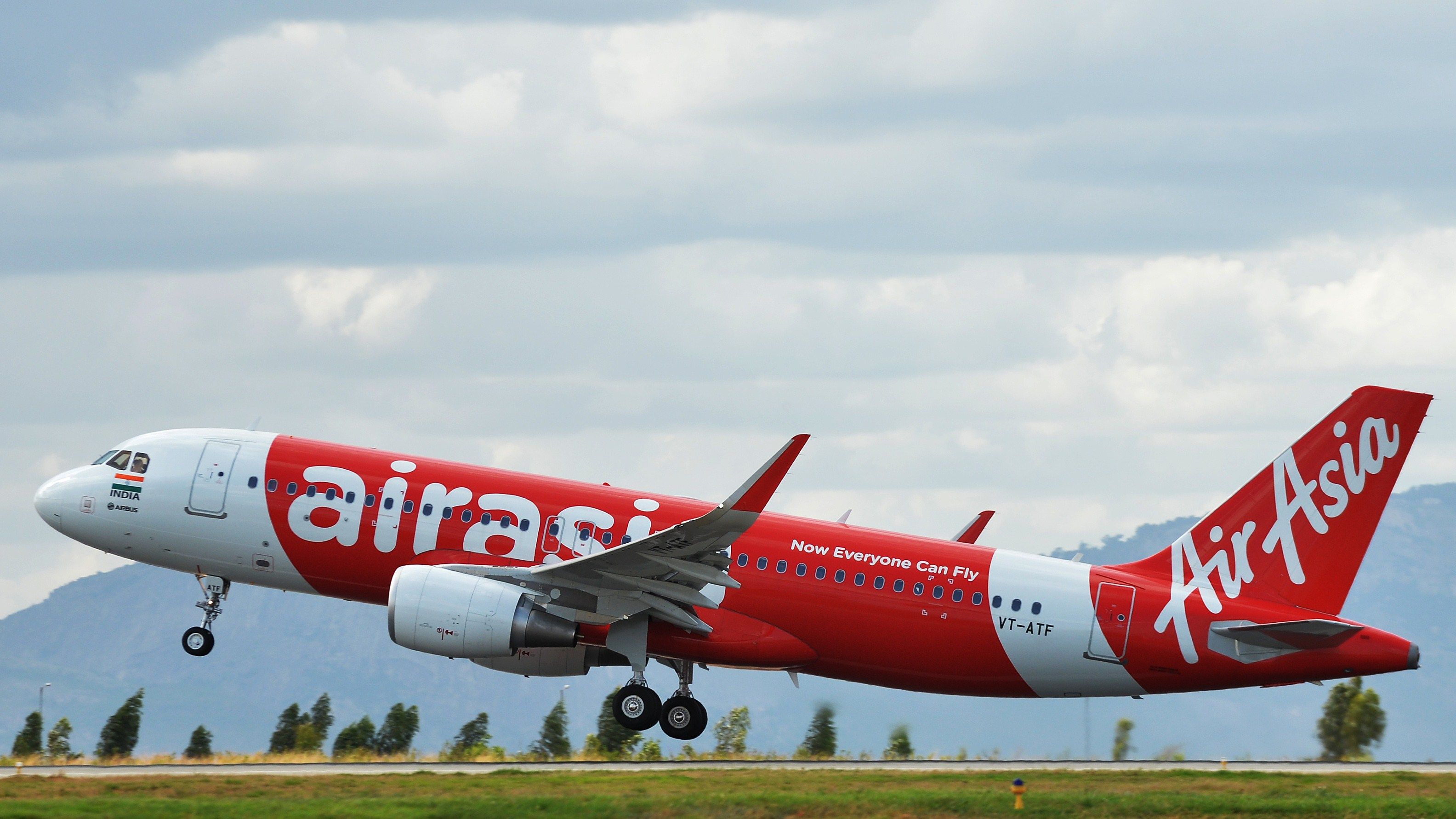The prefix 'VT' on the registration codes of Indian airplanes has taken on a political hue, with a member of India's ruling government party approaching the courts to change it. The point of contention is the code's association with India's colonial past, with the petitioner even invoking the provisions of the Constitution and calling it against sovereignty.
Delhi High Court approached over registration code
A Public Interest Litigation (PIL) has been filed at the Delhi High Court asking to direct the central government in India to change the prefix of the registration codes of the country's airplanes.
Filed by the ruling Bhartiya Janata Party's member and advocate Ashwini Kumar Upadhyay, the petition says that the prefix "VT" was given to Indian carriers in the pre-independence era. It argues that the two letters should be changed since India is no longer a British territory and has not been so for the past 75 years.
VT, which appears as a prefix on all Indian-registered aircraft, stands for "Victorian territory and Viceroy territory." Upadhyay has requested the court to declare as being against the sovereignty of India and has stated in the petition,
"'VT' code is a reflection of colonial rule. India is a sovereign country hence cannot be a territory of the Viceroy. Why is India continuing with VT code?”
Other examples cited
The code was assigned to India in 1929. According to the petition, previous attempts by the Indian government to change it have had no impact. As such, it has continued to use VT. It also cites examples of other countries such as China, Pakistan, Bangladesh, and Nepal changing their codes later, thus pressing the case for India to do the same.
Follow Simple Flying for all the latest aviation news.
The plea further states that "Futile efforts were made in the past regarding the change of call sign for our nation's aircraft, but all was in vain, as they responded by saying that India could not get BA (Bharat) and IN (India) as China and Italy have already taken up the 'B' and 'I,' respectively."
Even if the court decides to rule in favor of Upadhyay, changing the code would involve the Indian authorities approaching the International Civil Aviation Organization (ICAO) and seeing the availability of the letter combinations as desired by India. It would then have to be changed on all Indian-registered airplanes.
What is a registration code?
According to the ICAO, what we call aircraft registrations are technically known as Aircraft Nationality and Registration Marks. These have been set by the ICAO to comply with certain provisions of the Chicago Convention, with one of the articles stating, "Every aircraft engaged in international air navigation shall bear its appropriate nationality and registration marks."
Aircraft registration numbers consist of two parts:
1) A prefix consisting of a one- or two-character alphanumeric code indicating nationality.
2) A registration suffix of one to five characters for the specific aircraft.
The prefix codes are based upon radio call signs allocated by the International Telecommunications Union (ITU) to each country. Since 1947, the International Civil Aviation Organization (ICAO) has managed code standards and their allocation.
For those curious to find out more, Simple Flying has tried to demystify aircraft registration code in a detailed write-up.
What do you think about this petition filed in Delhi High Court? Please let us know in the comment section below.

.jpg)

.jpg)